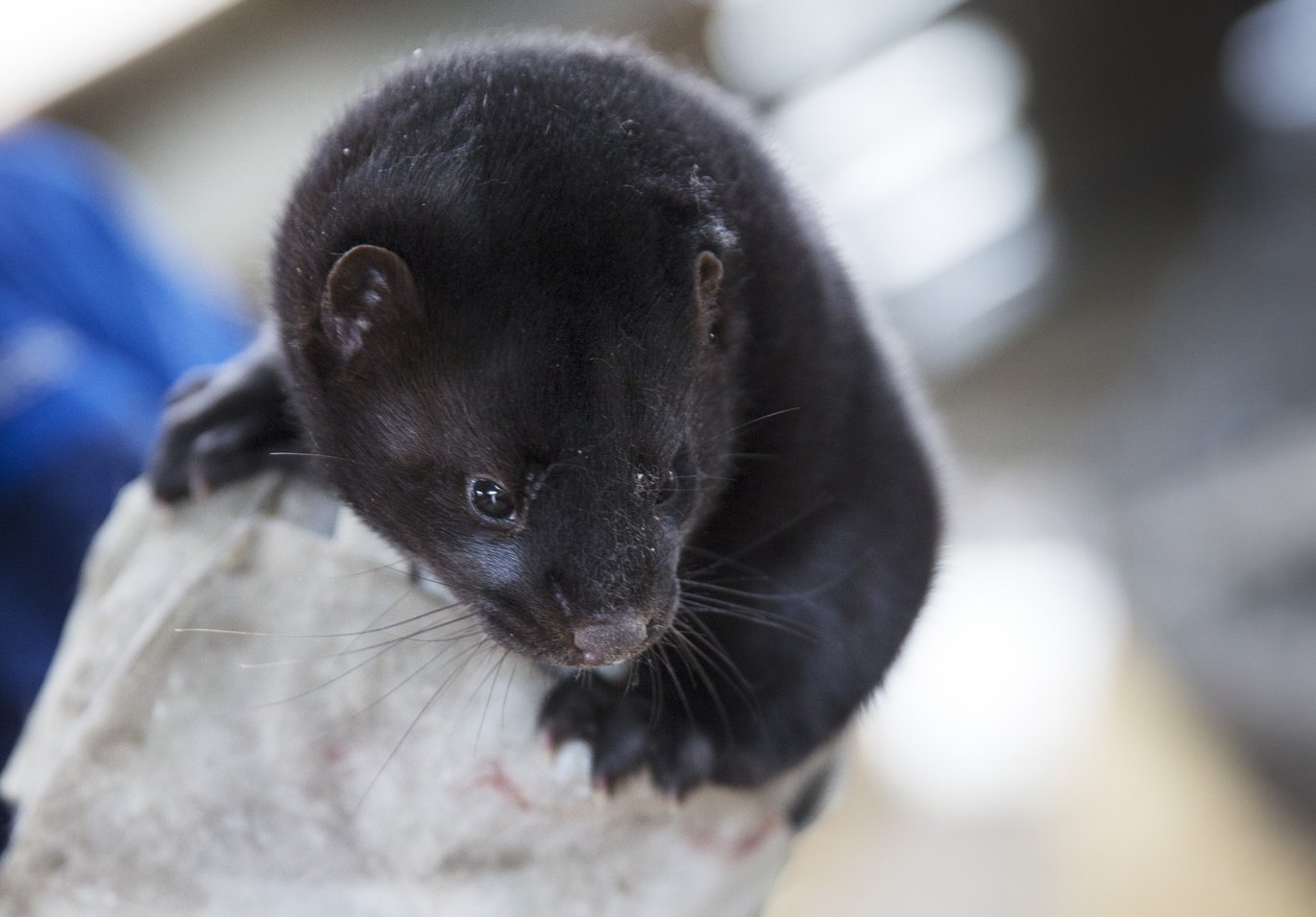Culling of mink at AU Foulum
Due to COVID-19, all mink at AU Foulum’s experimental farm will be destroyed. The department is currently trying to establish an overview of the consequences for research as well as the employees.

For decades, Denmark has been one of the leading countries for production of mink. In recent years, the app. 800 Danish fur farms have produced 12 – 13 million furs annually.
During the COVID-19 pandemic, it has been shown that mink are very susceptible to the virus. Danish authorities have carried out an intensive effort, immediately culling all minks at farms infected by COVID-19. Despite an intensive effort to limit the outbreak, COVID-19 had been detected on 216 fur farms by November 6.
Recently, new variations of COVID-19 coming from mink were discovered in both mink and humans. Some of the mink variants of COVID-19 have shown decreased sensitivity to antibodies from humans, who previously have been infected by COVID-19. This may mean that coming COVID-19 vaccines might be less effective against infection with these variants.
On this background, the Danish Government has taken the decision to immediately ban the production of mink in Denmark. The decision demands that all Danish mink must be destroyed.
Major consequences for fur animal research
The decision to destroy all mink in Denmark will have major consequences for fur animal research at Aarhus University’s research centre in Foulum.
Just like the animals in private farms, the mink at AU Foulum’s mink farm will be culled. Department of Animal Science is in charge of the farm and department staff has initiated culling of the animals. AU Foulum’s mink farm houses 6,350 mink.
In the Department of Animal Science, five researchers work with fur animal research, and students and technical staff further participate in the experimental efforts. At the mink farm, three staff members are in charge of tending to the mink as well as assisting in experiments.
Long tradition for fur animal research
The Danish mink industry started in the 1930’s. One of the reasons for this was the growth experienced in the fishing industry, which was able to provide feed for the mink in the form of fish waste. Feeding facilities and a significant number of mink farms are still located around the major commercial harbours.
Denmark has a long tradition for research and development within agriculture; and this tradition was soon transferred to the fur animal industry. As early as 1947, the first experimental farm was established at Trollesminde in Zealand, and in the beginning of 1989 new research facilities for mink research were inaugurated at AU Foulum.
Fur animal research at AU Foulum has been an internationally leading hub for fur animal research, and Aarhus University has been one of few universities with full-scale research within this particular area.
In recent years, research efforts have focused on animal welfare, including the importance of breeding, housing and caring for animal welfare. Researchers have developed tools for fur animal breeders to apply in relation to production control focusing on health, welfare and production. Since 2017, animal welfare on all mink farms in Europe have been assessed according to the welfare assessment protocol WelFur-Mink, which was developed by researchers from AU.
Consequences for researchers and research personel
Evidently, the culling will have major consequences for research within this area. Head of Department, Klaus Lønne Ingvartsen from Department of Animal Science, has held meetings with employees affected by this and is currently trying to establish an overview.
- We are very affected and sad about the situation, and together with our researchers, we are currently trying to create an overview of our mink research activities. What will we be able to accomplish, what is not possible and, not least – what seems relevant to accomplish, says Klaus Lønne Ingvartsen.
Further information
About the consequences for the Department and AU Foulum
Head of Department Klaus Lønne Ingvartsen, Department of Animal Science. E-mail: kli@anis.au.dk. Tel.: +45 8715 7757. Mobile: +45 2963 0094
About fur animal research and the importance to the fur animal industry
Senior Researcher Steen Henrik Møller. E-mail: steenh.moller@anis.au.dk. Tel.: +45 8715 7926
